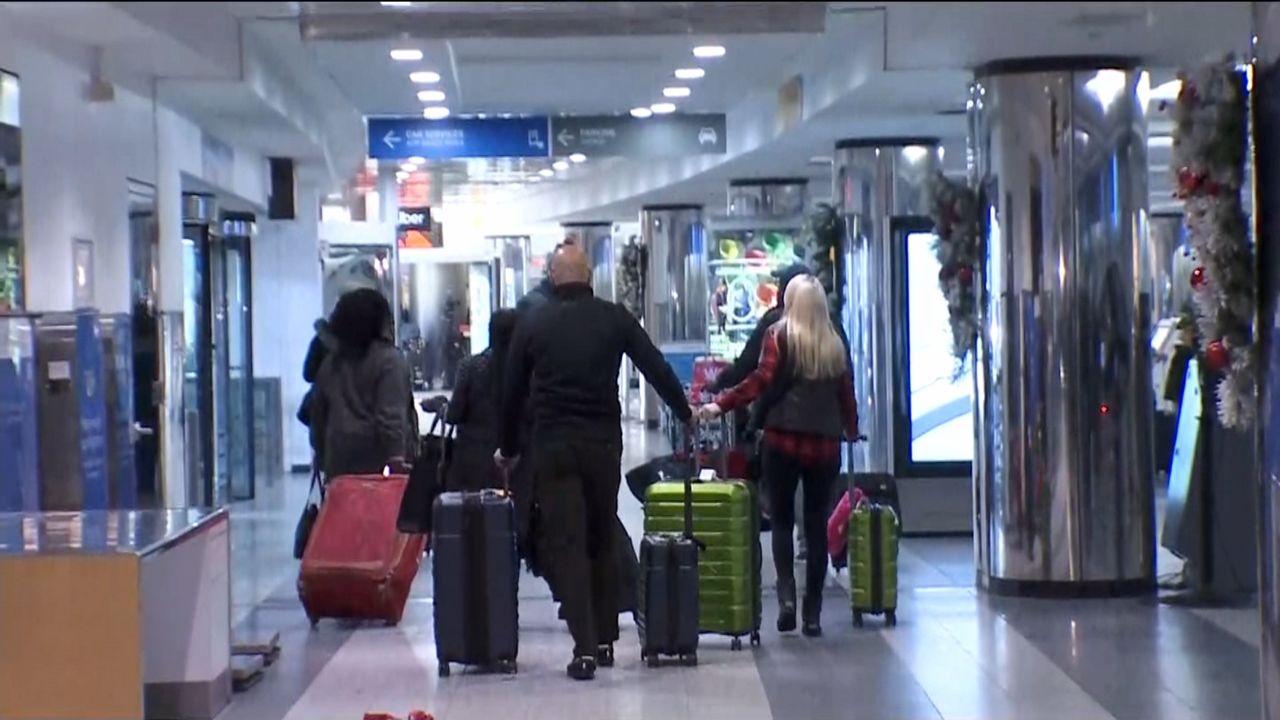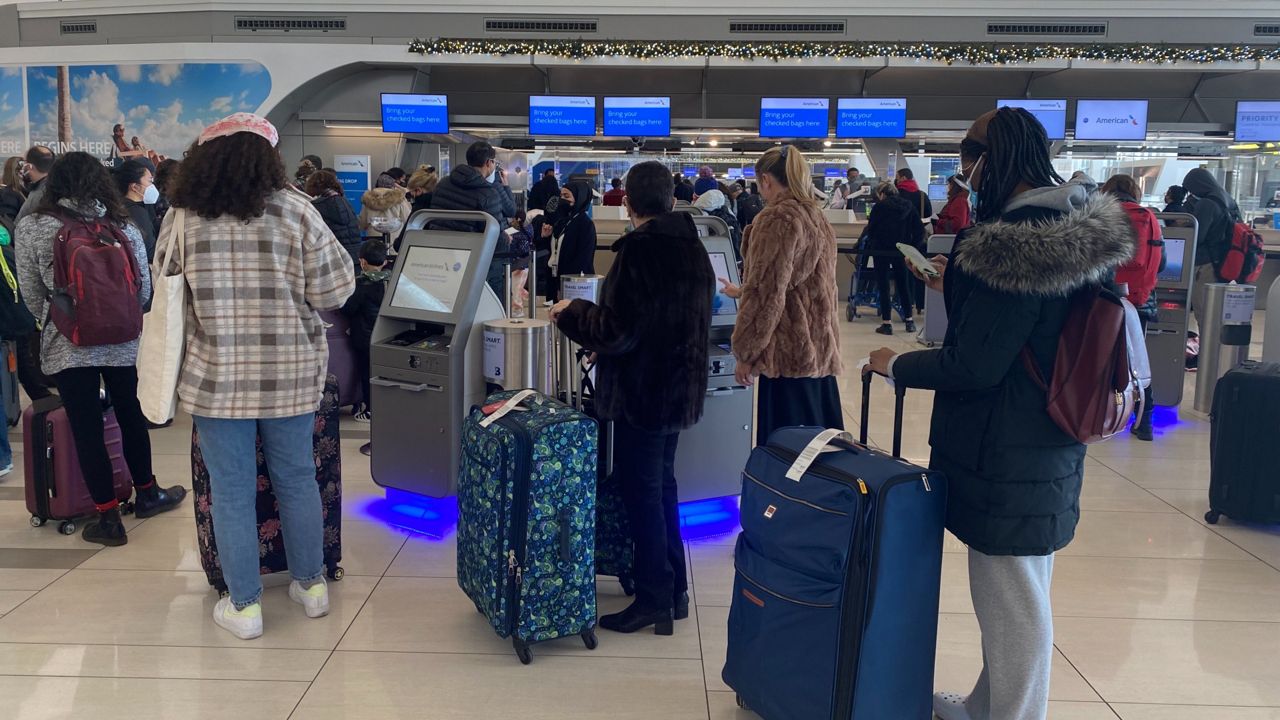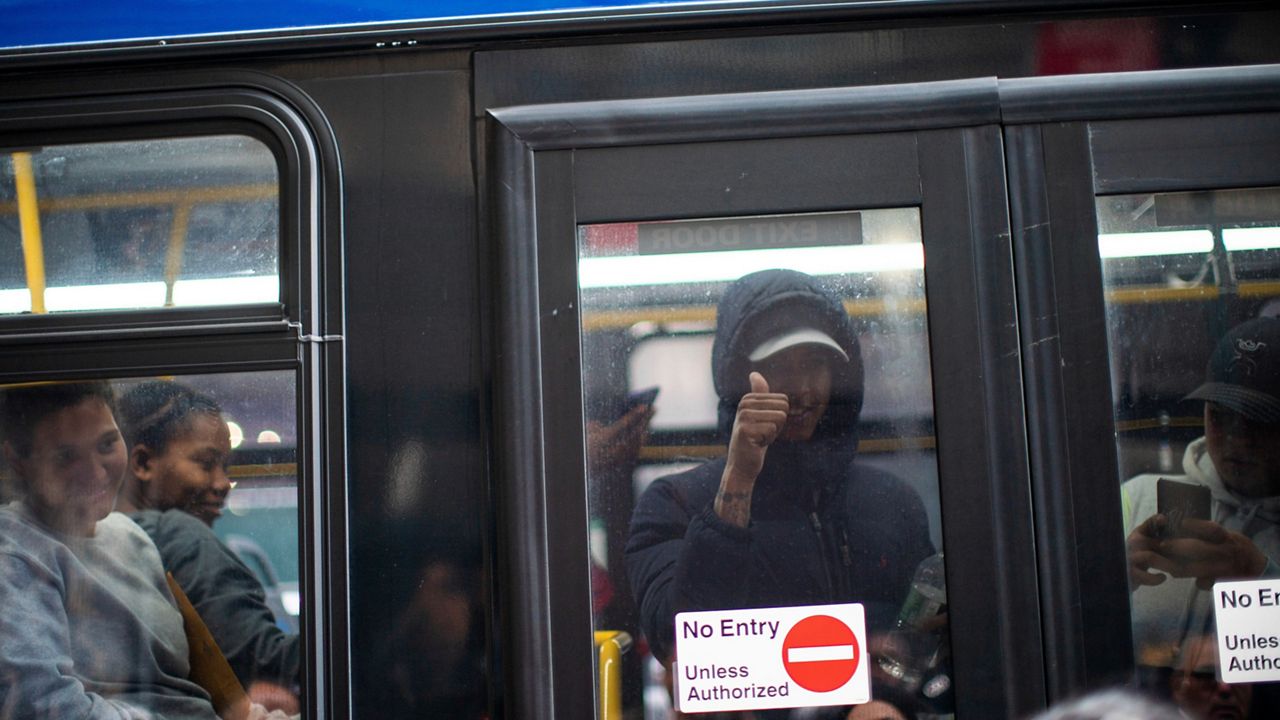The MTA is facing a devastating financial outlook once it burns through federal COVID-19 aid that kept the agency running through the pandemic.
"Ridership is down from pre-pandemic levels," said MTA board member Neal Zuckerman. "There's been a lot of points of light around the weekends and in many neighborhoods, but it isn't enough because our costs are not down the same. Simple arithmetic."
New ridership projections from consulting firm McKinsey & Company presented in an MTA briefing Monday were substantially lowered from its original forecast.
The omicron wave earlier this year derailed commuters’ return to mass transit, and prolonged the ridership recovery the MTA needs to shore up its budget.
Now, federal COVID-19 aid for the MTA will run out faster than anticipated.
"Soon, very soon, we'll be looking at the latest fiscal cliff, or tsunami if you prefer, with the MTA's only real option is to raise fares, cut service or layoff workforce. None of those are okay," said director of the Permanent Citizens Advisory Committee to the MTA Lisa Daglian.
Because of the stalled recovery in ridership, the MTA will take in about $1 billion dollars less than anticipated in fare and toll revenue just this year alone.
MTA officials pin the weaker-than-anticipated recovery largely to commuters accustomed to working from home taking fewer trips outside of work, plus their concerns over crime and safety.
"The more people have been trained to work from home or to order online, it's become more of their routine," said MTA Chief Financial Officer Kevin Willens. "Where, if we had a very short pandemic, it would have been less time training people as to how not to use the system."
Under the new ridership projections, the best case scenario for the MTA would be ridership at 88% of pre-pandemic levels by the end of 2026.
For now, federal aid is making up the shortfall in fares, but that money will only last until 2025, drying up one year quicker than anticipated because of the ridership shortfall.
Two possible solutions from Willens: use some of what's left of the federal funds to pay off some debt and ask Albany lawmakers to raise taxes.









